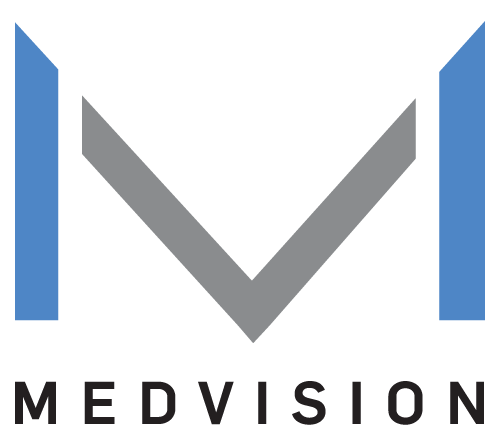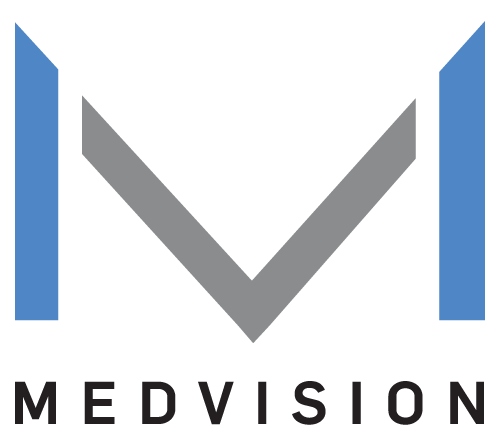ACOs: Improving Cost Optimization with Revenue Maximization
With the steady shift towards value-based pricing, accountable care organizations (ACOs) need to ensure that they’re keeping up with their benchmarks. The number of ACOs in the market is steadily increasing, and now they cover more than 30 million patients. This means more competition and more expected changes in regulations. If ACOs want to stay competitive in the coming years, they should put more focus on cost optimization with revenue maximization.
ACOs need to reach their annual targets if they want to earn shared savings and bonuses. This means that they need to apply effective strategies to reduce patient costs with improved quality of care—things that aren’t necessarily easy to accomplish. Luckily, technology and management strategies can help ACOs achieve cost optimization and revenue maximization.
Importance of Cost Optimization for ACOs
Cost optimization means enhancing the value of your business through cost reduction. For ACOs, cost optimization is the key to reaching annual targets, earning shared savings, and maximizing incentives. After all, the primary goal of ACOs is to ultimately reduce patient costs while improving patient outcomes.
There are a lot of challenges that arise from a value-based payment model. For example, organizations need to utilize complex metrics to accurately evaluate the value of the care that patients receive—values that dictate your annual ratings. Additionally, keeping costs at bay is difficult when you deal with high-risk patient populations.
Here are a few more challenges that ACOs need to consider if they want effective cost optimization:
- Advanced medical equipment, specialized care, and medical services are on the rise which leads to higher healthcare premiums
- Beneficiaries assigned to ACOs are a complex population that needs to be effectively analyzed and stratified
- Organizations need advanced systems to efficiently stratify and manage their high-risk and high-cost patient population
- Some providers and organizations may have a hard time adapting to newer administrative platforms and the use of electronic health records (EHR)
With all things considered, ACOs need to tackle these challenges efficiently if they want to maximize their revenue. Though there are many solutions to these issues, the real challenge is finding a solution as quickly as possible. After all, the longer it takes to mitigate costs, the fewer incentives you’ll earn in the long run.
Ways to Improve Cost Optimization with Revenue Maximization
1. Make the most out of your data
When you deal with population health management, you have large pools of business data that you can work with. Primarily for ACOs, they have the advantage of gathering data from different sources like physicians, members, clinics, claims, and more.
Having diverse sets of data allows you to better understand your patient population so you can identify risks and stratify them accordingly. It also gives you a better picture of your population so you can identify trends that weren’t always as visible. However, you need to equip yourself with the right analytics and reporting tools to fully maximize your business data.
Here are some ways that you can effectively utilize your data through technology:
- Analytics. Find an advanced platform that has analytics capabilities that you can use to easily stratify and manage your patient population.
- Prediction. Your system needs to have enough predictive capabilities to convert your data into actionable information, like patient cost estimates.
- Reports. Reporting features are essential to effectively communicate complex information to your stakeholders.
- Risk Management. By utilizing analytics and reporting features, you can make more informed decisions for risk adjustments and overall cost optimization.
2. Enhance Communication and Care Coordination
ACOs need to make sure that their network of providers deliver effective care coordination if they want to optimize revenue. Beneficiaries that are assigned to ACOs have the freedom to see providers that aren’t within your network.
With no full control over your beneficiaries, you need to deliver excellent coordinated care and ensure patients effectively navigate the healthcare system. This means that you need to establish strong communication and best practices within your network to ensure that patients receive the most efficient care possible—providing high-quality care at controlled costs.
Here are more strategies that can help you enhance communication and care coordination:
- Start at the primary care physician (PCP) level. A PCP’s diagnosis determines the next steps towards a patient’s care. With this in mind, you want to ensure that your PCPs have guidelines on how to effectively diagnose patients to minimize redundant expenses in the long run. You can start by establishing how PCPs can deliver accurate diagnosis and coding.
- Improve your EHR and electronic data interchange (EDI) capabilities. Though some physicians and clinics may find EHR to be time-consuming at first, improving workflow technologies have their long-term benefits. Digitalization is the future of healthcare, especially when it comes to storing, processing, and sharing patient records. One way to improve your care coordination is by using a platform that can integrate different types of EHR from various sources. By doing so, you can enjoy smoother data transactions and better care coordination.
- Scale your system with your operational needs. You want to make sure that your management system can handle your operational needs. Continuous improvements in EHR, EDI, and workflow capabilities can significantly improve your overall productivity. For example, better systems mean smoother transactions, accurate processing, and more timely reimbursements.
3. Invest in Management and Administrative Technology
This may sound cliche, but having the right tools makes fixing problems easier than they should be. For ACOs, identifying and understanding their high-risk population as soon as possible is essential to mitigating costs. After all, annual ratings and value-based payments mean that you gain more revenue when you solve your population challenges right from the get-go.
To do this, you need a management platform that has comprehensive features that fit your operational needs. For example, a web-based application like QuickCap 7 (QC7) has built-in features that you can use for data analytics, risk stratification, reports, workflow automation, and more. Put simply, a comprehensive software solution gives you access to diverse tools that can improve every aspect of your business.
Here are some benefits of upgrading to a comprehensive management system:
- Centralize your data storage and processing. When you have a comprehensive management system, you can simplify your operations by centralizing all your data. This means that you won’t have to worry about spending more on third-party software when you have everything you need at your fingertips. Just make sure you have the essentials, such as flexible EDI transaction features, referral processing, claims adjudication, member eligibility features, and data analytics to name a few.
- Manage your data through analytics and reports. ACOs need to take advantage of their diverse pool of healthcare data by utilizing effective analytic tools. Through analytics, you can get a better understanding of the complex details that make up your patient population. This means that stratifying high-risk patients and preparing risk management measures can become easier and more accurate.
- Utilize dashboards, automation, and other features. Finding the right platform can empower your organization to streamline its operations. Customizable dashboards can allow you to easily view essential data through various charts and visualizations. Automation tools help increase productivity and reduce manual workload and errors. Finally, other features like integrated guidelines can help your staff make better decisions during data processing.
QuickCap 7 for Cost Optimization and Revenue Maximization
QC7 is an advanced management platform that ACOs and similar organizations can use to improve their operations. QC7 is specifically designed to help your business tackle value-based challenges and ensure quality outcomes.
Here are some of the many QC7 features that you can use for cost optimization and revenue maximization:
- Data Analytics and Reporting Features. QC7 is equipped with diverse data analytics tools that can help you turn your large pool of data into actionable information.
- Easily gather data and generate specialized reports for risk stratification and patient population management
- Create detailed reports using query building tools, diverse search filters, and advance reporting features
- Utilize customizable dashboards to show essential data that you can view in different visualizations
- EDI Services and Workflow Automation. QC7’s flexible EDI features ensure that you can share and receive various file formats from your provider network. This means that you can get smoother data transactions and faster turnaround times. Additionally, QC7 has built-in automation features to help streamline your referral process and claims adjudication.
- Ensure smooth data sharing for better care coordination and accurate reimbursement
- Simplify your workflow through rule-based auto-adjudication and auto-routing features.
- Experience faster turnaround times and more accurate results
- Case Management Module. Managing high-risk and high-cost patients is essential to mitigating costs. For this reason, QC7 has a dedicated case management module that allows your staff to easily track and handle high-risk patients:
- Utilize comprehensive case management features for triage notes, patient record tracking, patient profile management, care plans, and more
- Improve better care coordination through easy access to patient details, care team information, and provider credentials
- Easily manage crucial aspects of patients, like risk adjustment factor (RAF) scores, patient care requirements, goal setting, and care team coordination
With a platform like QC7, ACOs can better manage their patient population and ultimately reduce costs with better quality outcomes. QC7 is the comprehensive solution that ACOs need to succeed in a value-based payment system.
Find out more features of QuickCap 7!











